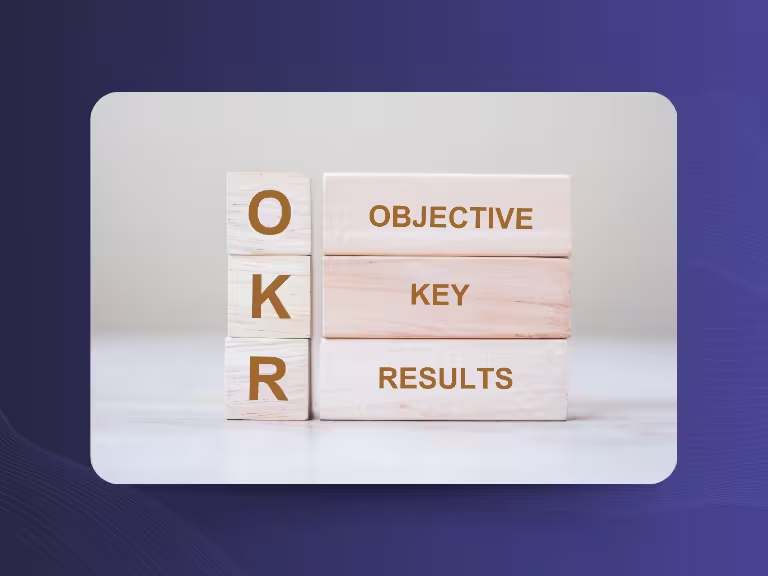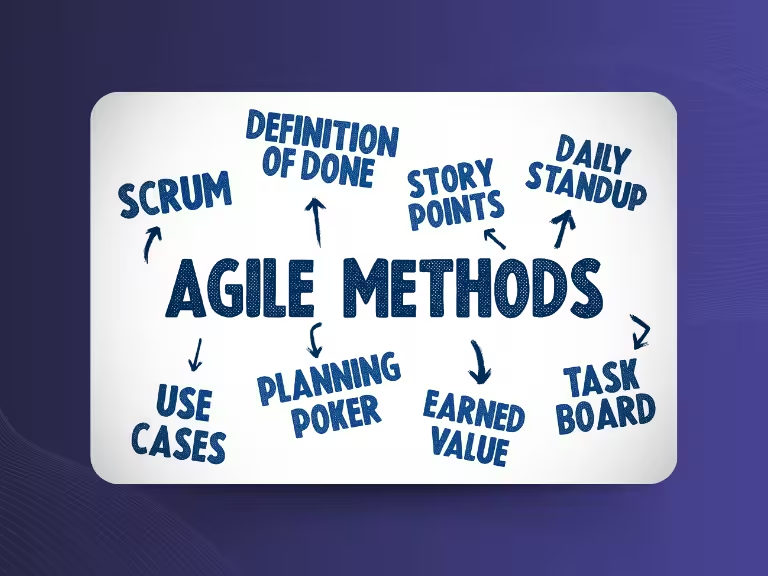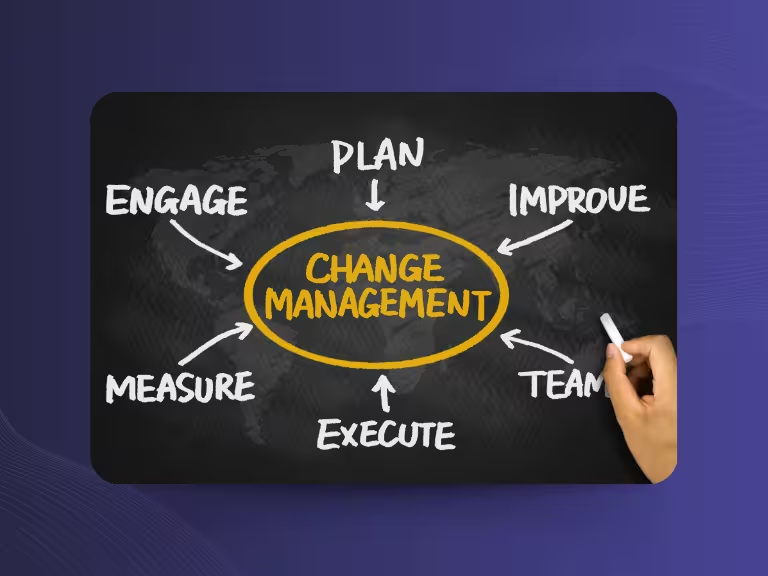Team leadership has fundamentally changed in recent years. Today's leaders face completely new challenges: diverse teams with different cultural backgrounds, digital work formats, and constantly changing team structures shape the daily leadership routine. Traditional leadership methods are no longer sufficient to succeed in this dynamic environment.
Important team leadership skills today encompass far more than just giving instructions and controlling results. Modern leaders must be coaches, facilitators, and enablers all at once. They need both emotional intelligence and digital competencies to successfully navigate their teams through changes.
This article teaches you the essential team leadership skills that you can immediately apply in your daily work. You'll learn how to create a strong communication foundation, resolve conflicts constructively, and successfully lead your team in a digital workplace. We'll examine both proven core competencies and modern approaches such as diversity management and technological leadership skills.
Core Competencies of Team Leadership: What Makes a Good Leader?
Communication Skills as the Key to Effective Leadership
Clear, transparent, and empathetic communication forms the foundation of every successful team leadership. As a leader, you must not only convey information but also build trust and motivate your team. A Gallup study shows that teams with better communication are up to 20% more productive.
In the digital workplace, you use modern tools like Slack, Microsoft Teams, or specialized meeting assistants to efficiently distribute information and include all team members. This isn't just about information flow, but also about creating an atmosphere of openness. Regular check-ins, both in groups and one-on-one, help you understand your team's needs and respond to challenges in a timely manner.
The way you communicate is also important. Active listening, precise formulations, and the ability to explain complex matters understandably are crucial for successful communication. Especially in virtual teams, you should consciously pay attention to non-verbal signals and regularly ask whether your messages have been received.

Conflict Resolution and Fostering Psychological Safety
Conflicts are inevitable in every team – what matters is how you handle them. Developing a constructive conflict culture is one of the most important team leadership skills. Amy Edmondson, professor at Harvard Business School, emphasizes: "Teams that feel safe bring more innovation and learn faster from mistakes."
Psychological safety means that team members dare to admit mistakes, ask questions, and express different opinions without fear of negative consequences. You foster this safety by showing vulnerability yourself, viewing mistakes as learning opportunities, and establishing an open feedback culture.
Practical tips for conflict moderation include early recognition of tensions, creating neutral discussion spaces, and focusing on solutions rather than blame. Regular retrospectives or structured feedback rounds help address problems before they escalate.
Combining Delegation with Responsibility and Empowerment
Effective delegation is far more than just task distribution. It's about empowering team members to make their own decisions and take responsibility. This requires trust and the willingness to relinquish control.
When delegating, you should communicate not only the task but also the context and desired outcomes. Give your team members the freedom to find their own solutions and be available as a coach, not a controller. This approach promotes not only initiative but also personal development of your team.
Coaching instead of controlling means regularly checking in, offering support, and providing feedback without taking back responsibility. Finding this balance is challenging but crucial for the long-term success of your leadership work.
Motivation, Emotional Intelligence, and Role Clarification for Sustainable Success
Strengthening Motivation and Team Spirit
Strengthening motivation and team spirit requires a deep understanding of the different driving forces of your team members. Distinguishing between extrinsic motivation (external rewards) and intrinsic motivation (internal purpose) is fundamental.
Personalized appreciation plays a central role. While some team members appreciate public recognition, others prefer a personal conversation. Individual development of each person shows that you're interested in and invested in their growth. This directly impacts engagement and loyalty.
Celebrating shared successes and consciously building team cohesion strengthens the sense of "we." Whether through regular team events, joint projects, or simply sharing success stories – these moments create emotional connections that go beyond purely professional relationships.
Emotional Intelligence as the Foundation for a Healthy Team Climate
Emotional intelligence encompasses the ability to understand and regulate your own emotions as well as perceive others' feelings and respond appropriately. This competency is particularly crucial in conflict management and employee retention.
Empathy in daily leadership means being attentive to your team's moods and needs. This shows in small gestures like asking about well-being or recognizing signs of overload. At the same time, emotional intelligence helps you remain calm and composed in difficult situations.
The effects show in improved working relationships, higher problem-solving capacity, and stronger resilience of the entire team. Studies prove that teams with emotionally intelligent leaders are on average 20% more productive and have lower turnover rates.
Defining Clear Roles and Responsibilities
Clarity in work organization prevents overlaps, reduces conflicts, and optimizes efficiency. Every team member should know exactly what they're responsible for and what expectations are placed on their work.
Methods for role documentation include RACI matrices (Responsible, Accountable, Consulted, Informed), detailed job descriptions, and regular role discussions. This documentation should be accessible to everyone and regularly updated, as roles frequently evolve in agile work environments.
Communicating these roles is just as important as defining them. Regular team meetings where responsibilities are discussed and transparent project documentation help avoid misunderstandings and optimize collaboration.

Modern Team Leadership: Diversity, Digitalization, and Long-term Development
Diversity, Equity & Inclusion (DEI) as a Success Factor
Diversity in teams demonstrably brings advantages: different perspectives, experiences, and ways of thinking lead to more creative solutions and better decisions. As a leader, you must not only accept this diversity but actively promote it.
Unconscious bias can impair team dynamics and decision-making. Through self-reflection and appropriate training, you learn to recognize and minimize these biases. This is particularly important in personnel decisions, project distributions, and performance evaluations.
Deliberately fostering inclusion means that all team members feel heard and valued. Practical approaches include consciously including different voices in discussions, considering cultural differences in scheduling and work methods, and creating spaces for open exchange about diversity topics.
Technological Competencies for Digital Leadership
Digitalization has fundamentally changed leadership work. Modern leaders need not only technical skills but also an understanding of how technology influences team dynamics.
Successfully managing virtual teams and hybrid work formats requires special competencies. You must learn to create closeness through digital channels, effectively moderate meetings, and coordinate communication between remote and on-site team members.
Tools for meeting documentation and collaboration play a central role. GDPR-compliant AI meeting assistants like Sally can help transcribe meetings, summarize them, and document key insights. This saves time and ensures all team members have access to the same information, regardless of whether they could attend the meeting.
Understanding and Managing Long-term Team Dynamics
Teams go through various development phases: forming (getting-to-know phase), storming (conflict phase), norming (norm formation), and performing (performance phase). As a leader, you must recognize these phases and guide the team accordingly.
Leadership as guidance through change and growth processes means that you not only keep short-term goals in sight but also promote the team's long-term development. This includes adapting your leadership style to each development phase and supporting the team in overcoming challenges.
Recognizing early warning signs of crises and acting proactively is another important competency. Declining motivation, increasing conflicts, or decreasing performance can be indicators of underlying problems. Regular pulse checks and open communication help identify such developments early.

Feedback Culture and Intercultural Competence as Building Blocks of Modern Leadership
Giving and Receiving Feedback – The Engine for Continuous Learning
An effective feedback culture is the engine for continuous learning and improvement. This involves not only giving feedback but also the ability to receive feedback and use it constructively.
The difference between traditional feedback and feedforward lies in orientation: while feedback focuses on past events, feedforward directs attention to future development opportunities. This future-oriented approach is often more motivating and leads to better results.
Success factors for an open, constructive feedback culture include regular feedback cycles, clear communication rules, and creating safe spaces for honest conversations. Methods like 360-degree feedback, regular one-on-ones, and structured retrospectives help make feedback a natural part of teamwork.
Intercultural Competence for Global Teams
In a globalized work world, you're likely leading teams with members from various cultural backgrounds. Intercultural competence has therefore become an indispensable leadership skill.
Cultural sensitivity in communication and collaboration shows in various aspects: understanding different communication styles, respecting various work methods, and awareness of cultural holidays and traditions. What is considered direct and efficient in one culture might be perceived as rude in another.
Practical examples of intercultural challenges include different views of hierarchy, various approaches to conflict resolution, or divergent time concepts. The solution often lies in open communication about these differences and developing shared work standards that respect all cultures.
Training and tools for developing intercultural leadership competencies can help you sharpen your sensitivity and develop practical strategies. Online courses, intercultural coaching programs, and exchange with other leaders in similar situations are valuable resources.
Conclusion: Team Leadership as a Holistic Process
The most important team leadership skills today encompass far more than classic management competencies. Successful leadership requires a combination of proven core competencies like communication, conflict resolution, and delegation as well as modern skills like digital competence, diversity management, and intercultural sensitivity.
The benefit of sustainable leadership competencies shows in higher team performance, better employee retention, and stronger innovation capacity. Teams with competent leaders are not only more productive but also more resilient and adaptable in a constantly changing work environment.
Continuous development as a leader is not a one-time process but a permanent task. From improving your communication skills to developing emotional intelligence to acquiring digital competencies – each area requires regular reflection and learning.
Start today by trying out the presented methods and approaches in your team. Begin with small steps: introduce regular check-ins, experiment with new feedback formats, or invest in developing your digital leadership competencies. The investment in your leadership skills pays off not only for you but for your entire team.
Additional Resources and Tools
For continuous development of your leadership competencies, specialized literature, online courses, and webinars on team leadership are recommended. Platforms like LinkedIn Learning, Coursera, or industry-specific providers offer comprehensive programs for leadership development.
Useful tools for team communication and leadership can significantly facilitate your work. Particularly recommended is Sally, a smart AI meeting assistant that creates automated protocols and seamlessly integrates into over 8,000 platforms. With GDPR-compliant technology, Sally supports you in making meetings more efficient, documenting important insights, and optimizing workflow integration – so you have more time for actual leadership work.


Test Meeting Transcription now!
We'll help you set everything up - just contact us via the form.
Test NowOr: Arrange a Demo Appointment





